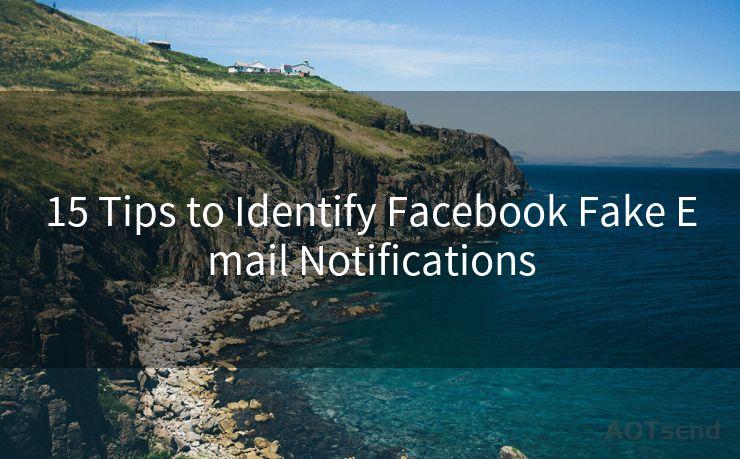15 Tips to Identify Facebook Fake Email Notifications




In the digital age, it's crucial to stay vigilant against online scams, especially when it comes to social media platforms like Facebook. Fake email notifications are a common tactic used by scammers to lure unsuspecting users into divulging sensitive information or downloading malicious software. To help you navigate this minefield, here are 15 tips to identify Facebook fake email notifications.
Tip 1: Check the Sender's Email Address
Always inspect the email address of the sender. Facebook official emails usually come from a facebook.com domain. If the email is from an unfamiliar or suspicious domain, it's likely a fake.
Tip 2: Look for Spelling and Grammatical Errors
Official communications from Facebook are generally well-written and proofread. If you spot spelling or grammatical errors in the email, it's a red flag.
Tip 3: Beware of Urgent Language
Scammers often use urgent language to pressure you into action. Be cautious of emails that demand immediate attention or threaten account deactivation.
Tip 4: Don't Click Suspicious Links
Never click on links in emails that seem suspicious. Hover over links to check their destination URL before clicking.
Tip 5: Verify the Email Content
Familiarize yourself with Facebook's official communication style. Fake emails often contain made-up stories or requests for personal information that Facebook would never ask for via email.
Tip 6: Check Your Facebook Account Directly
If you receive an email about your Facebook account, log in directly to Facebook (not through the email link) and check for any notifications or messages there.
Tip 7: Ignore Unsolicited Attachments
Never open attachments in unsolicited emails, as they may contain malware.
Tip 8: Contact Facebook Directly
If you're unsure about an email's authenticity, contact Facebook's support team directly through their official channels.

Tip 9: Be Wary of Requests for Personal Information
Facebook will never ask for your password or credit card information via email. Any such request is a sure sign of a scam.
Tip 10: Use Two-Factor Authentication
Enabling two-factor authentication on your Facebook account adds an extra layer of security, making it harder for scammers to access your account.
Tip 11: Keep Your Software Updated
Keeping your browser, operating system, and antivirus software up to date helps protect against known threats.
Tip 12: Report Suspicious Emails
If you receive a suspicious email claiming to be from Facebook, report it to Facebook and your email provider.
🔔🔔🔔
【AOTsend Email API】:AOTsend is a Managed Email Service for sending transactional emails. Support Email Types: reminders, authentication, confirmations, notifications, verification codes, invoices, password resets, account activations, billing statements, two-factor authentication (2FA), and one-time passwords (OTP) emails, etc. $0.28 per 1000 Emails. 99% Delivery, 98% Inbox Rate.
You might be interested in:
Why did we start the AOTsend project, Brand Story?
What is a Managed Email API, How it Works?
Best 25+ Email Marketing Platforms (Authority,Keywords&Traffic Comparison)
Best 24+ Email Marketing Service (Price, Pros&Cons Comparison)
Email APIs vs SMTP: How they Works, Any Difference?
Tip 13: Don't Reply or Forward Suspicious Emails
Engaging with scam emails, even to tell them you're not interested, can confirm your email address as active to scammers.
Tip 14: Strengthen Your Password
Use a strong, unique password for your Facebook account to reduce the risk of being hacked.
Tip 15: Educate Yourself
Stay informed about the latest online scams and how to avoid them. Knowledge is your best defense against cybercrime.
By following these tips, you can protect yourself from falling victim to fake Facebook email notifications. Remember, the key to staying safe online is vigilance and skepticism. Don't be afraid to question the authenticity of any email, even if it appears to come from a trusted source. And always err on the side of caution when it comes to clicking links or downloading attachments. By doing so, you can enjoy the benefits of social media without falling prey to scammers.




Scan the QR code to access on your mobile device.
Copyright notice: This article is published by AotSend. Reproduction requires attribution.
Article Link:https://www.mailwot.com/p5215.html



